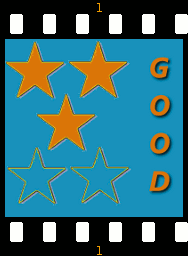Attack on Titan Part II: End of the World - First Thoughts
 Wednesday, October 21, 2015 at 08:27PM
Wednesday, October 21, 2015 at 08:27PM 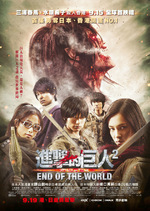 Actually, my first thought about the second Attack on Titan movie was a six hour drive to watch a movie that lasts an hour and a half? (It's that having an eleven-year thing I mentioned in part I.) The first movie was about the same length. Why, I wondered for the umpteenth time, didn't they just edit the film together to about two and a half hours or so. That's about the average length anymore, seems to me. Then I watched it. Second first thoughts: oh, that's why.
Actually, my first thought about the second Attack on Titan movie was a six hour drive to watch a movie that lasts an hour and a half? (It's that having an eleven-year thing I mentioned in part I.) The first movie was about the same length. Why, I wondered for the umpteenth time, didn't they just edit the film together to about two and a half hours or so. That's about the average length anymore, seems to me. Then I watched it. Second first thoughts: oh, that's why.
The first film went out of its way to emphasize the sheer terror and horror of having a bunch of freaky looking giants trample your town and devour your friends and family. I felt it more or less succeeded on that point. Part II, however, feels like a completely different film. The first part is essentially a political/conspiracy story. The last half giant monster movie. Honestly, it reminded me of a bunch of the kaiju-type movies I watched as a kid on Chiller Theater - down to the men in rubber suits. Granted, these suits were much better than the old ones, but that's what it was nonetheless. As a political thriller – meh. It was something to hang the movie on. As a giant monster movie – not bad. You know who’s going to win, but . . . it’s giant monsters fighting!
My eleven-year-old Attack on Titan expert assures me the second movie was the best. She also told me she didn’t like it because of all the massive changes from the manga and anime. I’m versed enough in the anime 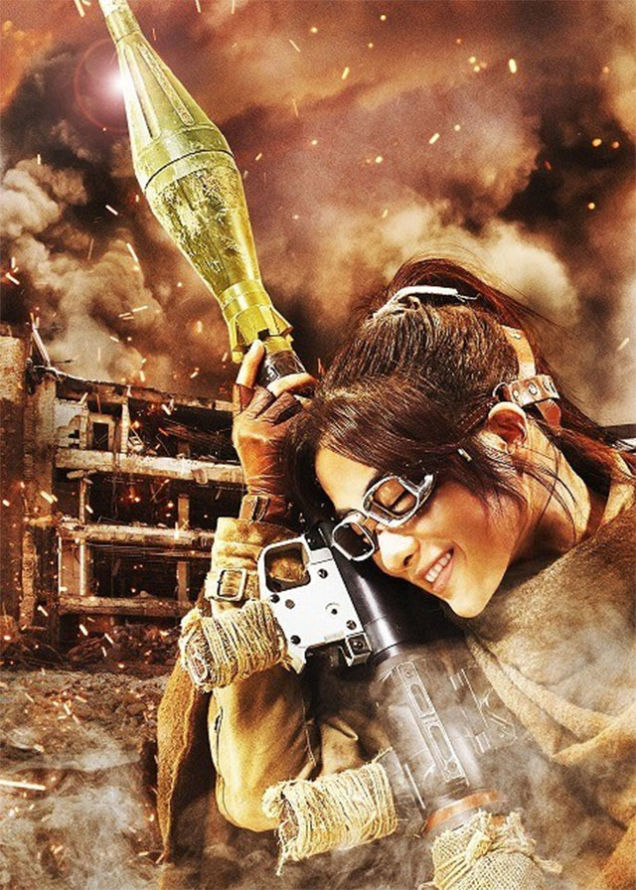 Satomi Ishihara as Hange Zoeto know the changes were massive, sort of along the lines of what happened to The Hobbit in parts two and three. Did it ruin it for me? No. It was a different take. (Truth be told, it didn’t ruin it for her because if I’d recorded her two hour analysis on the drive back, you hear more positives than negatives.) I think the really big thing the director did was include the origin of the titans – something the original story has yet to do. Spoilers? I really don’t know.
Satomi Ishihara as Hange Zoeto know the changes were massive, sort of along the lines of what happened to The Hobbit in parts two and three. Did it ruin it for me? No. It was a different take. (Truth be told, it didn’t ruin it for her because if I’d recorded her two hour analysis on the drive back, you hear more positives than negatives.) I think the really big thing the director did was include the origin of the titans – something the original story has yet to do. Spoilers? I really don’t know.
The cast dwindled if anything. It was still a violent film. According y expert and the audience we sat with, Satomi Ishihara as Hange Zoe stole the show. She was hilarious and dead with the Hange we see in the anime. All the story was resolved by the end. There are still titans beyond the wall, but the city inside was saved. Boy wins girl, and they are able to look out upon the world for the first time (again, different for the source material). There definitely could be a sequel, and I’d probably end up watching it, not simply because my AoT expert. I’ve seen a whole lot better. I’ve seen a whole lot worse. The Attack on Titan movies entertained me for a few hours. Sometimes, that’s all I need.

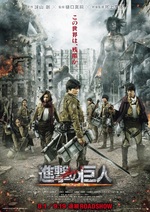

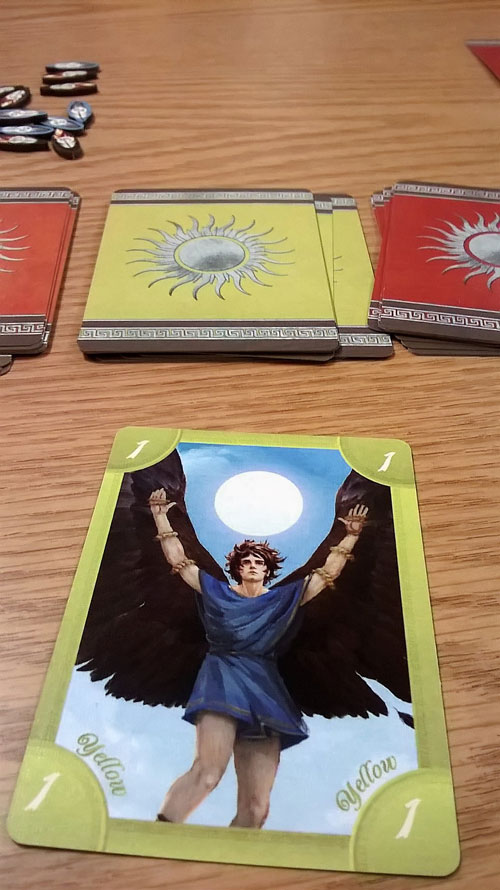
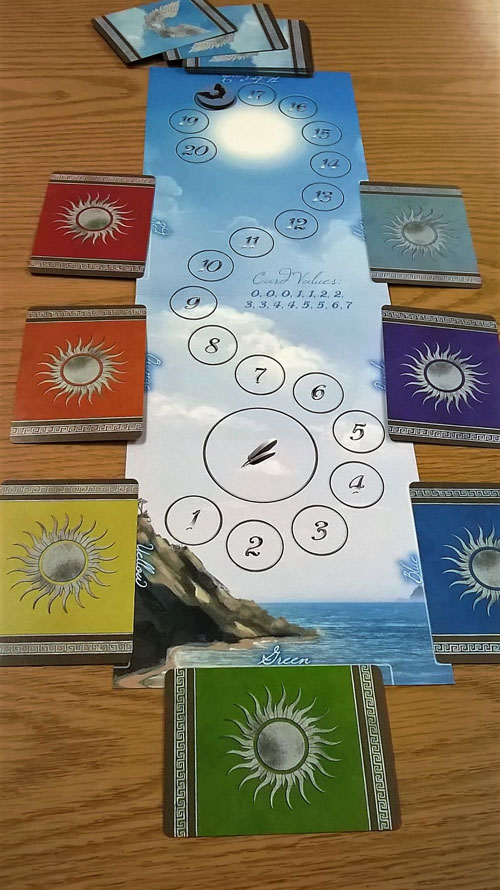

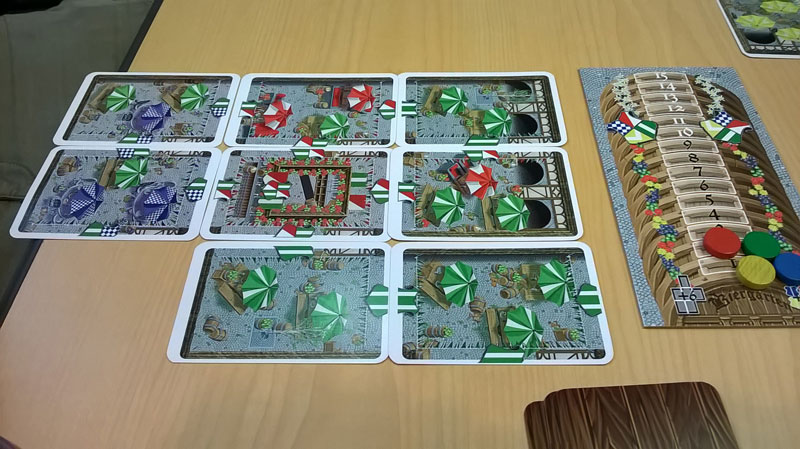 The tokens sent with the prototype just didn't fit on the scoreboard, so we used a notepad.
The tokens sent with the prototype just didn't fit on the scoreboard, so we used a notepad.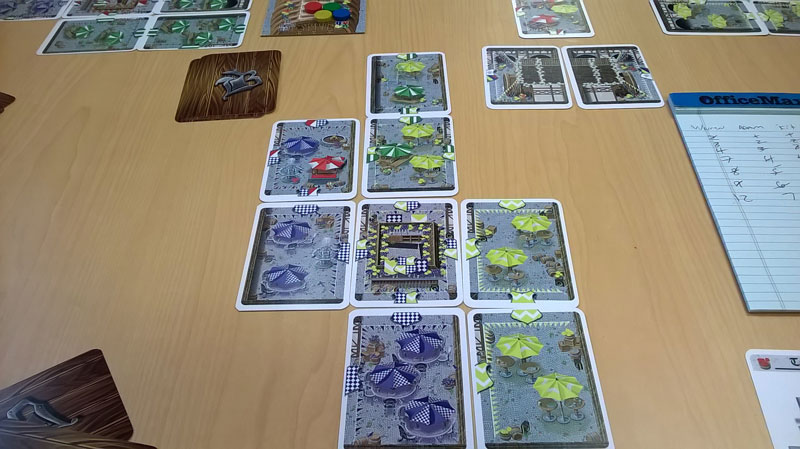 Note how ugly and low-scoring my biergarten is compared to Warren's in the first image :(
Note how ugly and low-scoring my biergarten is compared to Warren's in the first image :(